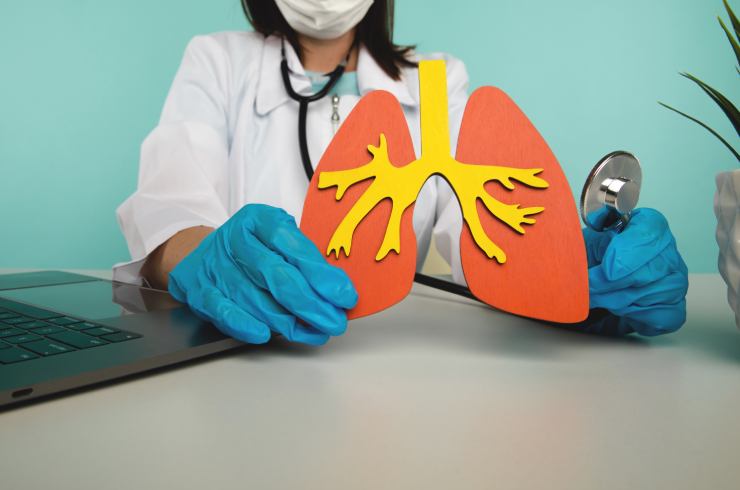Occupational Lung Diseases

Occupational Lung Diseases: When Work Affects Your Lungs
Occupational Lung Diseases are a group of breathing disorders caused by long-term exposure to harmful substances in the workplace. These conditions can affect workers in industries like mining, construction, farming, textile manufacturing, and more—where dust, chemicals, gases, or fumes are regularly inhaled.
Over time, these irritants cause inflammation, scarring, or damage to the lungs, leading to breathing problems that may become permanent if not addressed early.
Common Types of Occupational Lung Diseases:
Silicosis – caused by inhaling fine silica dust (common in mining and construction)
Asbestosis – due to exposure to asbestos fibers (often found in insulation or shipbuilding)
Coal Workers’ Pneumoconiosis (Black Lung Disease) – from breathing coal dust
Farmer’s Lung – a reaction to mold spores in hay or crops
Occupational Asthma – triggered by exposure to allergens or irritants in the workplace
Hypersensitivity Pneumonitis – inflammation due to repeated exposure to dust, mold, or animal proteins
Symptoms to Watch For:
Persistent cough
Shortness of breath, especially during activity
Chest tightness or discomfort
Wheezing
Fatigue
In advanced cases, coughing up blood or bluish lips (due to low oxygen)
Diagnosis and Tests:
Diagnosis involves:
Detailed occupational history
Chest X-rays or CT scans
Pulmonary function tests
Blood tests or sputum analysis
Treatment and Prevention:
Removing exposure to the harmful agent is the most critical step
Medications like bronchodilators or steroids may help reduce symptoms
Oxygen therapy in severe cases
Pulmonary rehabilitation to improve breathing
Use of protective equipment (masks, ventilation systems) to prevent further damage

